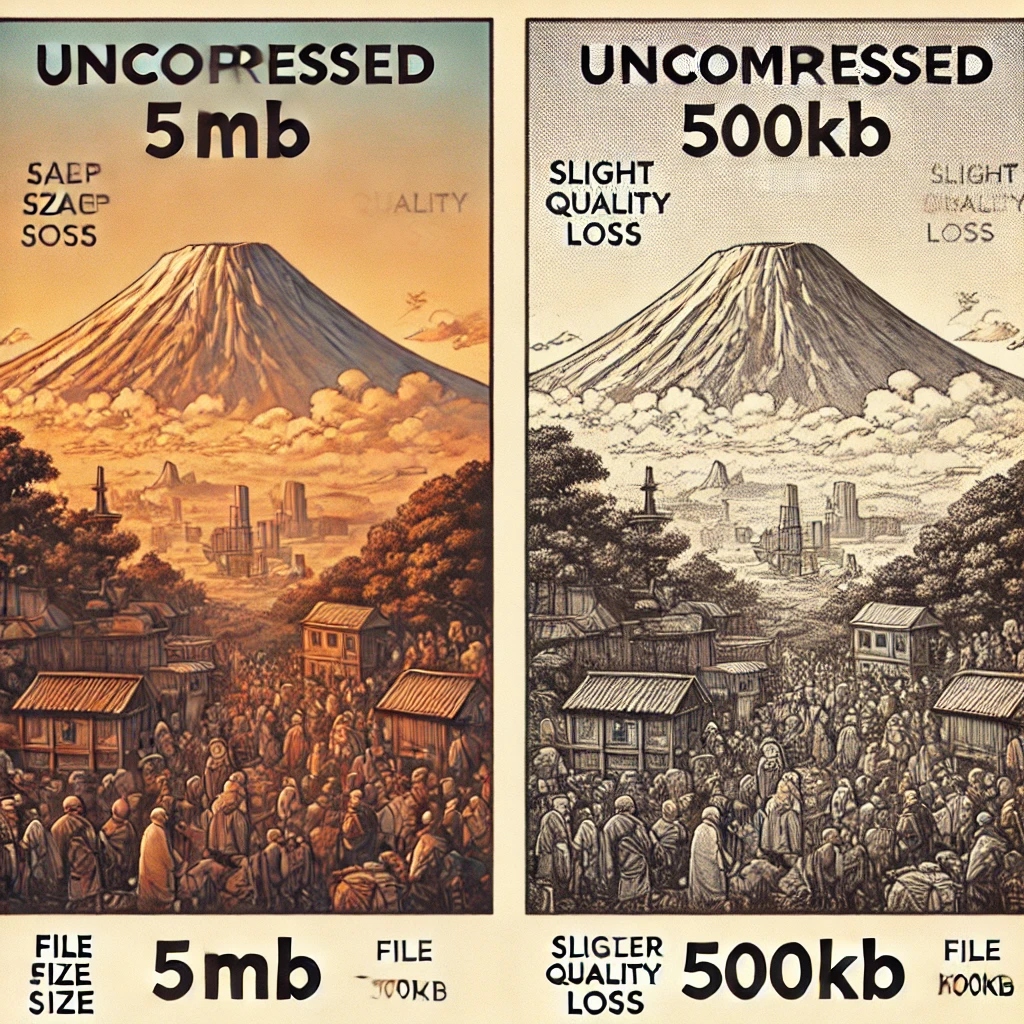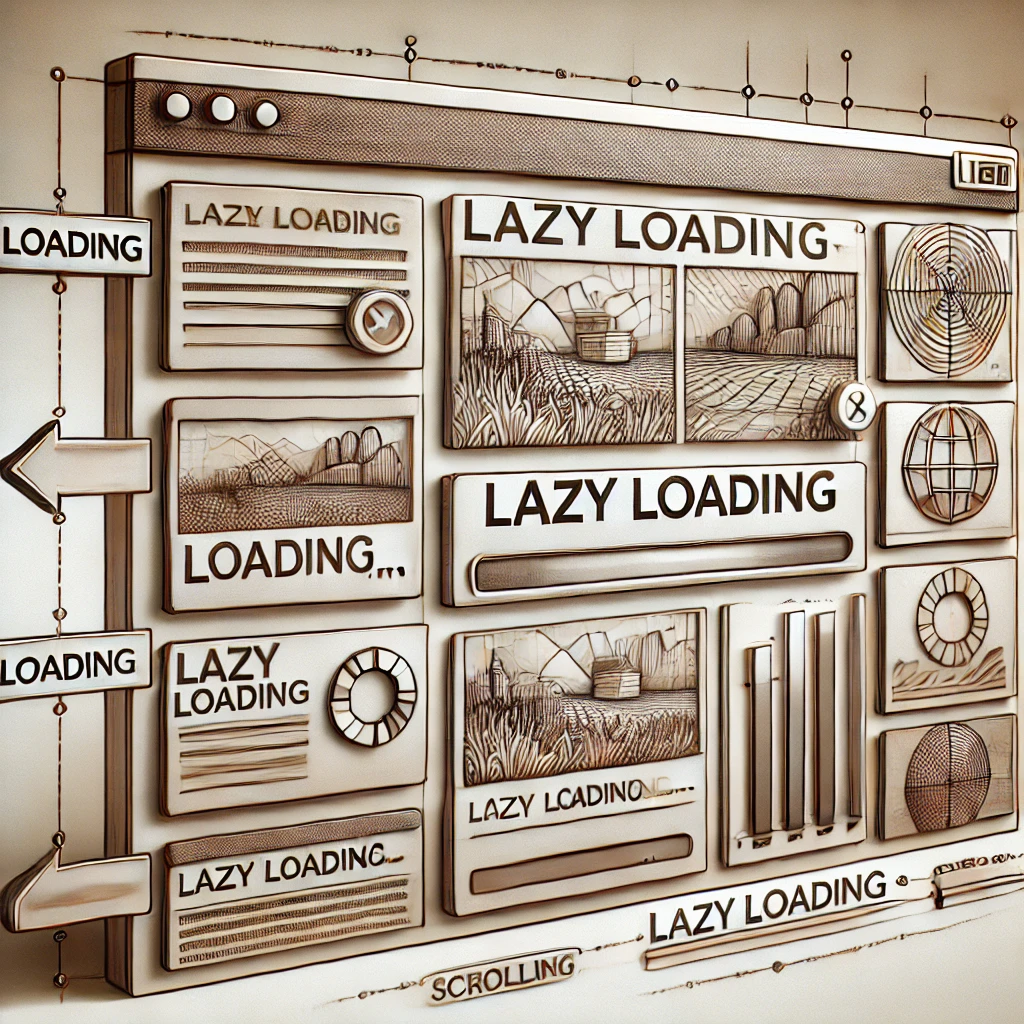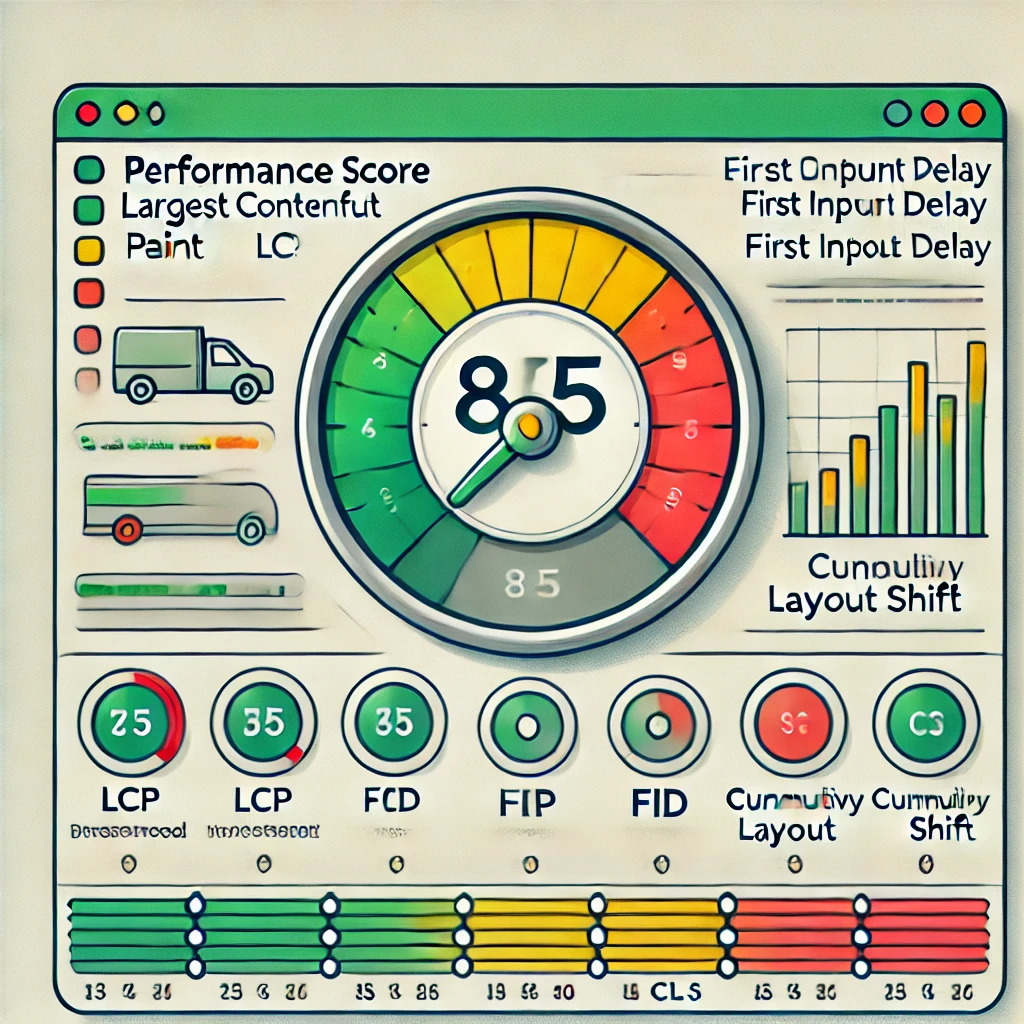We all want our websites to load fast, run smoothly, and keep users coming back for more. But building a high-performance website isn’t always straightforward. There are so many factors at play, from loading speeds to responsive design. So, let’s go through some practical tips and essential tools that can help you create a fast, efficient, and user-friendly website.
Why Website Performance Matters
Think about the last time you visited a slow website. How long did you wait? A couple of seconds? Maybe…but if it took longer, there’s a good chance you closed the tab. Users expect speed, and search engines do too—Google even uses page speed as a ranking factor.
In short, performance isn’t just a “nice-to-have” feature; it’s a critical aspect of good web design. Now, let’s look at some ways to achieve it.
1. Optimize Your Images
Images are often the heaviest files on a page. If they’re not optimized, they’ll drag down your load times.
- Choose the Right Format: Use JPEG for photos, PNG for graphics with transparency, and SVG for icons and logos.
- Compress Images: Tools like TinyPNG and ImageOptim can reduce file sizes without noticeable quality loss.
- Responsive Images: Use
srcsetto serve different image sizes based on screen resolution. This way, mobile users aren’t downloading massive desktop images.

2. Minimize and Bundle Your CSS and JavaScript
The more files your website loads, the slower it becomes. Combining (or “bundling”) your CSS and JavaScript files reduces the number of requests a browser has to make.
- Minify Your Code: Remove unnecessary spaces, comments, and line breaks. Tools like UglifyJS and CSSNano can help with this.
- Bundle Files: Use tools like Webpack or Parcel to bundle your CSS and JavaScript files. It’s a bit technical, but it can drastically reduce load times.
3. Use a Content Delivery Network (CDN)
A CDN is like a network of mini-servers spread across the world. When someone visits your site, the CDN serves your content from the server closest to them, which speeds things up.
- Popular CDN Providers: Cloudflare, Akamai, and Amazon CloudFront are some big names. They cache your site’s content and serve it from multiple locations worldwide.
- Benefits: Not only does this reduce load times, but it also improves your site’s ability to handle traffic spikes.
4. Leverage Browser Caching
When a user visits your site, their browser can store certain files (like images, CSS, and JavaScript) so that they don’t have to download everything again the next time they visit. This is called caching, and it’s a major performance booster.
- Set Expiry Headers: Define how long files should be cached in the user’s browser. This can be configured in your server settings.
- Cache Static Assets: Anything that doesn’t change frequently—images, stylesheets, fonts—can be cached for longer periods.
5. Use Lazy Loading for Images and Videos
Lazy loading means that images and videos only load when they’re actually visible on the screen. This saves a lot of bandwidth and makes your page load faster initially.
- HTML Attribute: You can add
loading="lazy"directly to images in HTML5. - JavaScript Libraries: If you need more control, libraries like LazyLoad.js offer extra features like loading animations and placeholders.

6. Choose the Right Hosting Provider
Your hosting provider plays a big role in your site’s speed. A high-quality host can make a world of difference, while a cheap, overcrowded server will slow things down.
- Look for SSD Storage: Solid State Drives (SSDs) are faster than traditional hard drives, which means faster data retrieval for your site.
- Scalable Plans: Choose a host that offers flexible scaling. As your site grows, you’ll want the option to upgrade without a hassle.
- Consider Managed Hosting for WordPress: If you’re using WordPress, managed hosting providers like WP Engine or Kinsta offer performance-optimized servers.
7. Reduce HTTP Requests
Each file on your site—images, stylesheets, scripts, fonts—generates an HTTP request. The more requests, the slower the page load. Reducing them can have a big impact on performance.
- Combine Files: Group CSS and JavaScript files to reduce the number of requests.
- Use CSS Sprites: Combine small images (like icons) into a single file, then use CSS to display specific parts.
- Limit External Resources: Every third-party plugin or widget makes additional requests, so only include what’s essential.
8. Minimize Redirects
Every time a page redirects to another page (e.g., from http:// to https://), it adds a bit of load time. Try to minimize redirects where possible.
- Avoid Unnecessary Redirects: Check your site for any redirects that aren’t absolutely necessary.
- Use Permanent Redirects: If you must use redirects,
301(permanent) redirects are better for SEO than302(temporary) ones.
9. Monitor Your Performance
Even after you optimize, it’s a good idea to regularly check how your site is performing. There are some great tools that can help you spot issues and track your progress.
- Google PageSpeed Insights: Google’s own tool gives you a performance score and specific suggestions to improve.
- GTmetrix: This tool provides detailed insights into your site’s load time and performance, with recommendations.
- Lighthouse: Built into Chrome DevTools, Lighthouse offers a full suite of checks, including accessibility and SEO.

Wrapping Up
Building a high-performance website isn’t about obsessing over every little detail—it’s about making thoughtful choices that create a fast, seamless experience for your users. From image optimization to caching strategies, each step can make a difference.
Remember, even small changes can have a big impact. Start with the basics, keep monitoring, and gradually refine your approach. With the right tools and a bit of care, you can create a site that not only looks great but also loads in a snap. And trust me, your users (and search engines) will thank you for it.